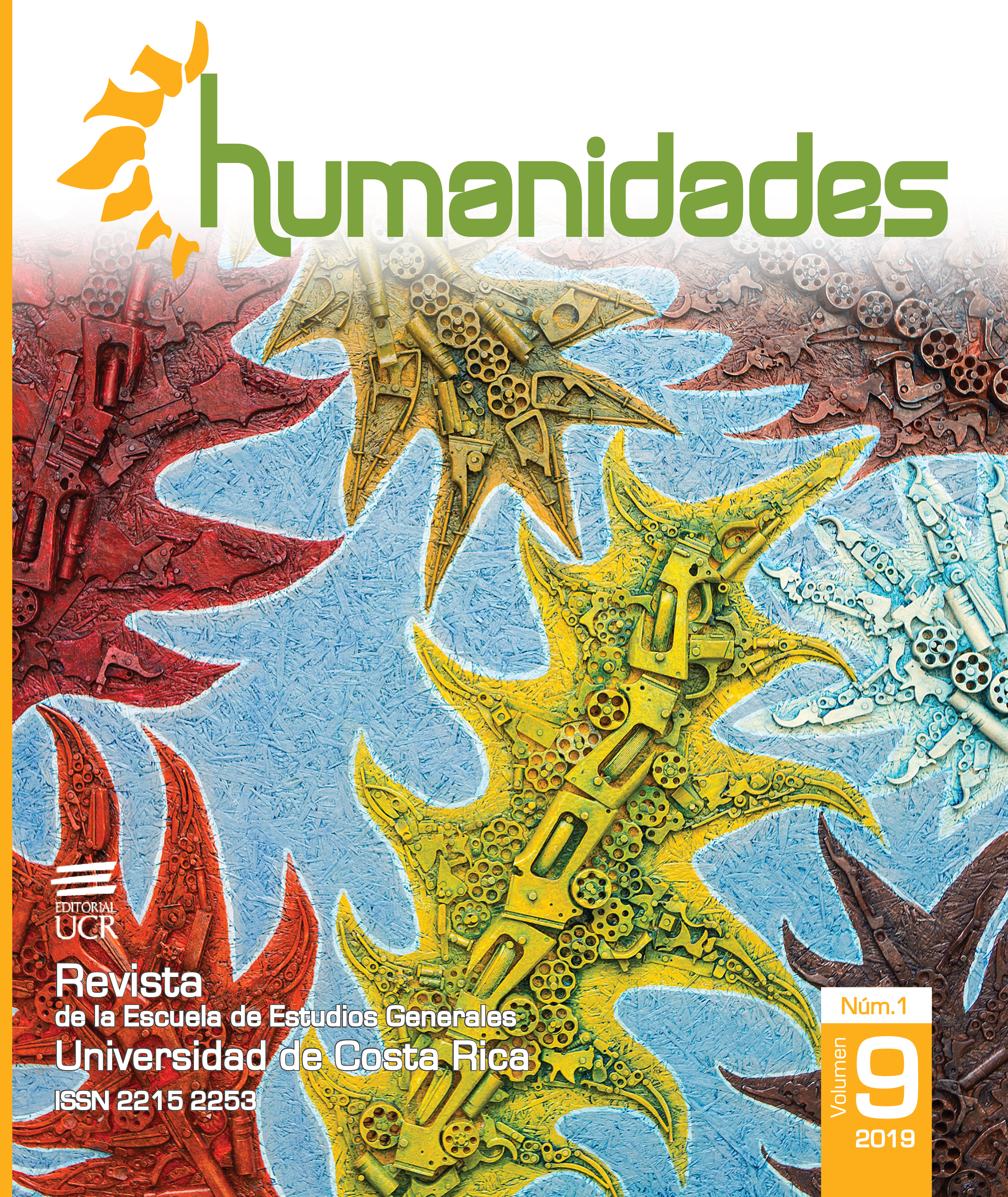Abstract
This paper presents a set of public art projects carried out in the University of Costa Rica’s Sede del Atlántico, in the city of Turrialba, since the implementation of the Graphic Design major in that place. The projects carried out have transformed the space filling it with color and meaning. They have also staged the main icons of both national culture and the culture of Turrialba’s inhabitants. Furthermore, the projects have allowed to problematize the present of the community. In this way, a tribute to and a rescue of the local culture and identity have been achieved through a critical view of the present.
In addition, this paper considers the concepts of New Genre Public Art and the Right to the City as background for the interventions, for this ideas allow to reflect on the presence of public art in the university venues in the framework of humanist education.
References
Aguilar, C. (1972). Guayabo de Turrialba. Arqueología de un sitio indígena prehispánico. San José: Editorial Costa Rica.
Arias, A. C., Castrillo, F. y Herrera, G. (2012). Una historia escrita en piedra: Petrograbados en Guayabo Turrialba. San José: UCR-VAS.
Debravo, J. (2012). Obra poética. San José: Editorial de Costa Rica.
Fals Borda, O. (2003). Ciencia, compromiso y cambio social. Buenos Aires: El Colectivo.
Göbel, C. y Zapata, O. (2017). Informe administrativo del taller Análisis, experimentación e intervención del espacio público. México D.F.: UAM-A.
Freire, P. (1998). ¿Extensión o comunicación?: La concientización en el medio rural. Buenos Aires: Siglo XXI Editores.
Hardty, M. y Negri, A. (2004). Multitud: Guerra y democracia en la era del imperio. Barcelona: Debate.
Krauss, R. (1996). El campo expandido de la Escultura. En La originalidad de las vanguardias y otros mitos modernos. Madrid: Akal.
Lefebvre, H. (1978). El derecho a la ciudad. Barcelona: Península.
Lacy, S. (1996). Mapping the terrain. New genre public art. Washington: Bay Press.


